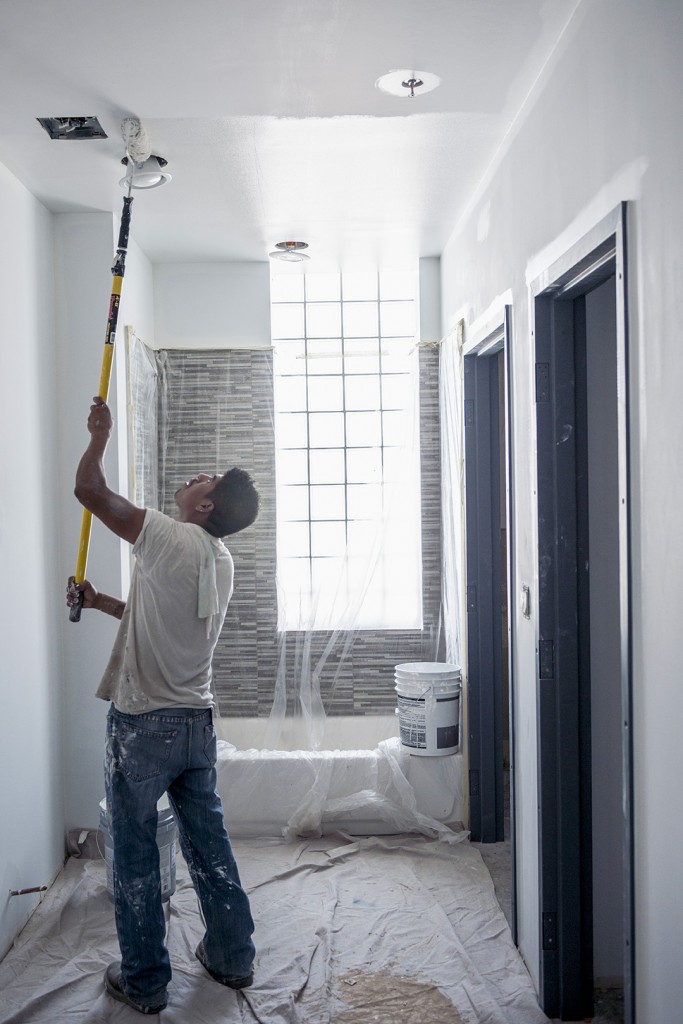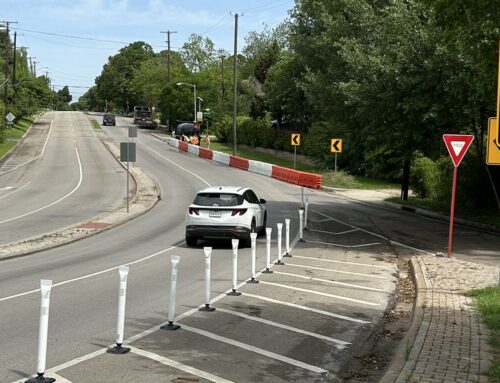Even some real estate insiders haven’t yet grasped this.
Why does it seem commercial real estate and development in our neighborhood has come on suddenly and rapidly?
In reality it was planned and calculated by politicians and landowners over the past several years. Oak Cliff became a commercial real estate goldmine through the magic of rezoning.
If the word “rezoning” makes your eyes feel drowsy, that’s because it’s boring and complicated. But it’s also the quickest way for landowners to increase the value of their property.
Sweeping rezoning of our neighborhood, already in the books, allows tall buildings — 20 stories near the Houston Street Viaduct, five stories along West Davis, eight stories on Marsalis and as many as nine stories on Zang, for example.
Eventually, perhaps in five years or 50 years, the market will demand all of that “density” to be built out. Which means the value in property emanating from that organic energy of Bishop Arts is all in the dirt.
Take, for example, the adorable little house on Vernon between West Davis and Fouraker, which real estate broker Randall Simpson has on the market for around $380,000.
“It’s a house in need of repair. I get calls on it all the time,” he says.
When potential homebuyers hear the price, they back off.
“It’s a commercial property. It’s zoned commercial,” Simpson says. “That’s what people don’t understand.”
If an investor or developer could buy up that house, plus another on the block and a couple around the corner, it’s possible they could tear them down and construct a five-story commercial building for town homes, offices, shops or a restaurant. That cute little house has negligible value on its own, but it’s sitting on pay dirt.
There’s nothing wrong with fixing up a charming cottage on West Seventh, adding granite countertops and gleaming wood floors. But none of that adds value to the property, Simpson says. It already is valuable because of its potential as commercial property, for which it is zoned.
It’s more important than ever for homeowners to know how their property is zoned because that affects the value immensely, he says.
The new density allowed in our neighborhood is drawing investors from out of state, hedge funds, big money, who are bringing their ideas for building in Oak Cliff.
A planned five-story apartment complex at Zang and Davis might seem too high, but it’s allowed in the zoning, which was approved by City Council in 2015. When Alamo Manhattan announced its plans to build apartments on the northwest and southwest corners of Zang and Davis last year, there was talk of reopening the zoning.
That might sound like a good idea, but it’s one that will be met with extreme resistance from landowners, developers, investors and real estate professionals because taking away that potential for density takes away their potential for profit. Plus, it could make the city of Dallas look shifty for offering one zoning product and then taking it away.
Find our 2014 explanation of West Davis and “Oak Cliff Gateway” rezoning here. And if you’re interested, find the city code for them here and here.






